As Shoulder prosthesis is called an artificial shoulder joint. It is used to replace worn or injured joint surfaces of the shoulder.
What is a shoulder prosthesis?

A shoulder prosthesis is a joint replacement for the shoulder. It is used as part of a surgical implantation to replace shoulder joint surfaces that have been destroyed by wear and tear or injuries.
A shoulder prosthesis is used primarily for osteoarthritis of the shoulder joint. Osteoarthritis is when there is abrasion of the joint cartilage. Without intact joint cartilage, the shoulder joint cannot be used painlessly. Other possible indications for a shoulder prosthesis are bone fractures, which result in the destruction of the shoulder, which in turn has a negative effect on its functionality. In rare cases a shoulder prosthesis is inserted because the head of the humerus has died or the patient is suffering from a tumor in the upper arm.
In Germany, around 3,000 shoulder prostheses are used each year, which is rather a low number compared to hip and knee prostheses. The long-term durability of the prosthesis is similar to that of artificial hip and knee joints.
Shapes, types & types
Medical professionals differentiate between different types of shoulder prostheses. These include the humeral head prosthesis (hemiprosthesis), the surface replacement prosthesis, the total endoprosthesis (TEP) and the inverse shoulder prosthesis.
The hemiprosthesis is used to replace only the humeral head. They are anchored in the bone shaft. Cement made from hard plastic is primarily used for fixation. Alternatively, a cementless version can also be used. A special coating gives the bone the opportunity to grow. The stability of the hemiprosthesis averages 10 years. Only about one percent of the artificial shoulder joints need to be replaced.
A metal cap is used for a surface replacement prosthesis. It is attached to the joint surface of the humerus. In order to provide the surface replacement with sufficient support, the old cartilage surface must be removed. The surface replacement prosthesis is only suitable for minor damage to the shoulder. In this way, there is not enough hold for the anchoring in the case of larger defects.
A total shoulder endoprosthesis is used if there is cartilage damage to the socket. A humeral head prosthesis is then no longer considered sufficient. It is important to implant a socket replacement made of plastic. It is anchored in the bone with a peg. A total endoprosthesis is not suitable if the bone is damaged or if it is too soft. In general, the total endoprosthesis is more susceptible than the hemiprosthesis. Within 10 years, 5 to 10 percent of these prostheses will loosen up that require treatment.
If the rotator cuff muscles have also been affected, an inverse shoulder prosthesis is used. The surgeon screws the artificial joint head onto the former joint socket. The new joint socket is then attached with cement inside the head of the humerus.
Structure & functionality
The structure of a shoulder prosthesis corresponds to the structure of the human shoulder joint. Depending on the variant of the prosthesis, the artificial shoulder joint consists of three components. These are the prosthesis socket, the humeral head component and the artificial shoulder socket.
The humerus head component consists of a metal cap that is attached to the humerus head, or a metal head. This is seated on a prosthesis shaft that is implanted into the humerus in advance.
In principle, conventional shaft prostheses, short-shaft prostheses or long-shaft prostheses can be used for the prosthetic socket. A total shoulder endoprosthesis is also given an artificial glenoid replacement, which acts as a counterpart for the humeral head prosthesis metal head.
So that the shoulder prosthesis can permanently fulfill its function in the shoulder joint, it must be made of material that does not wear out prematurely or cause rejection reactions. Materials are used that are long-lasting and are considered to be compatible with the body. These are mostly polymers (plastics), ceramics and special metals. While chromium-cobalt alloys or titanium are used in a humeral head prosthesis, a total shoulder prosthesis is usually made of polyethylene, a hard plastic. Sometimes, however, metal or ceramic can also be used. The articular cartilage of the shoulder joint is imitated and functions as a sliding surface. Ultimately, however, the individual characteristics of the patient determine which material the surgeon uses.
Despite their increasing quality, shoulder prostheses cannot match the quality of the original joint. In order for the artificial shoulder joint to last as long as possible, the patent should exercise as few jerky movements as possible and avoid certain sports such as tennis or boxing.
You can find your medication here
➔ Medicines for joint painMedical & health benefits
The health benefit of a shoulder prosthesis is to replace the worn shoulder joint. It is used when the pain of the affected person can no longer be controlled by conservative means such as painkillers or injections. Ultimately, the decisive factor is how much the patient suffers from shoulder pain and restricted mobility.
By implanting a shoulder prosthesis, it is usually possible to achieve a significant reduction in pain and increase the mobility of the shoulder. Targeted follow-up treatment is also important for this.
The time of implantation plays an important role in the positive benefit of the prosthesis. If there is already an inflamed head of the humerus, diminished muscles or weakness when the arm is turned outside, at least the pain can be reduced. However, if there are adhesions on the joint capsule as well as the muscles and tendons, the mobility of the shoulder is reduced. A shoulder prosthesis should therefore be used while the arm can still be turned in the outward direction.
Basically, a shoulder prosthesis ensures greater shoulder mobility, which increases the patient's quality of life.


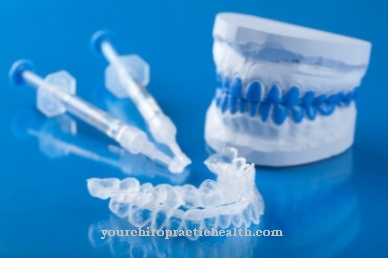

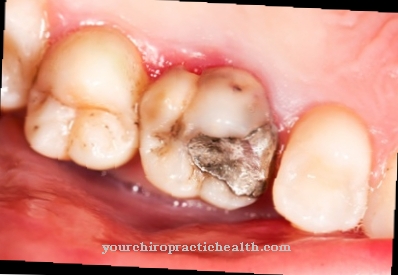

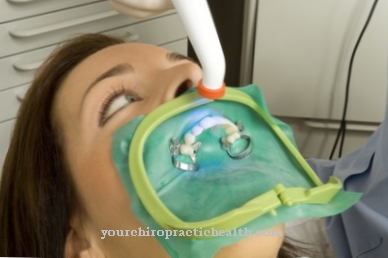

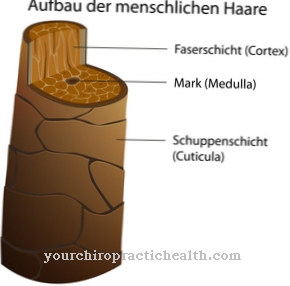




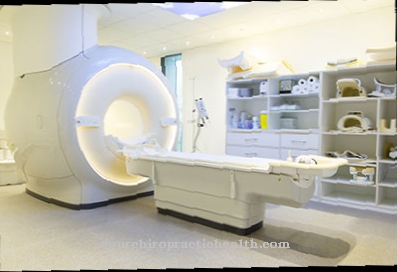


.jpg)





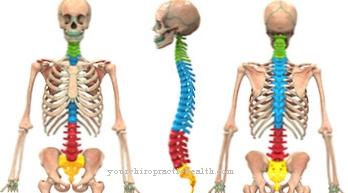
.jpg)

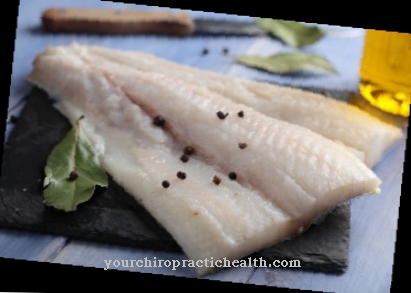
.jpg)

